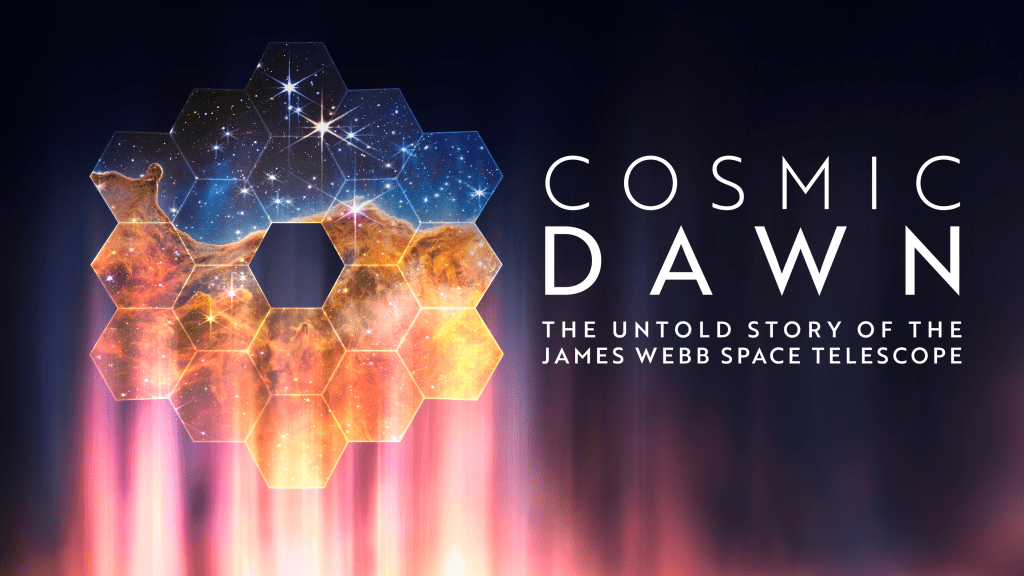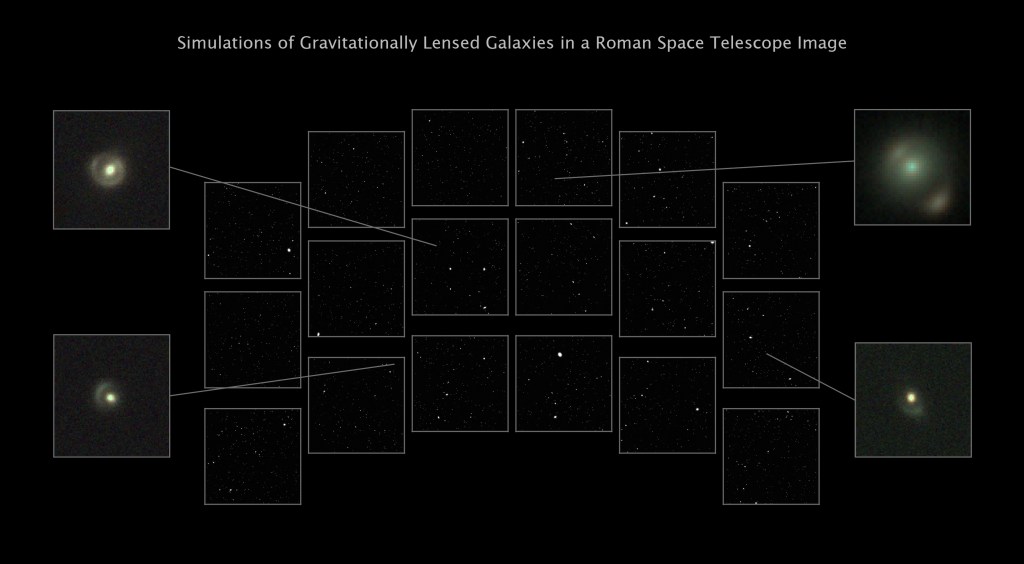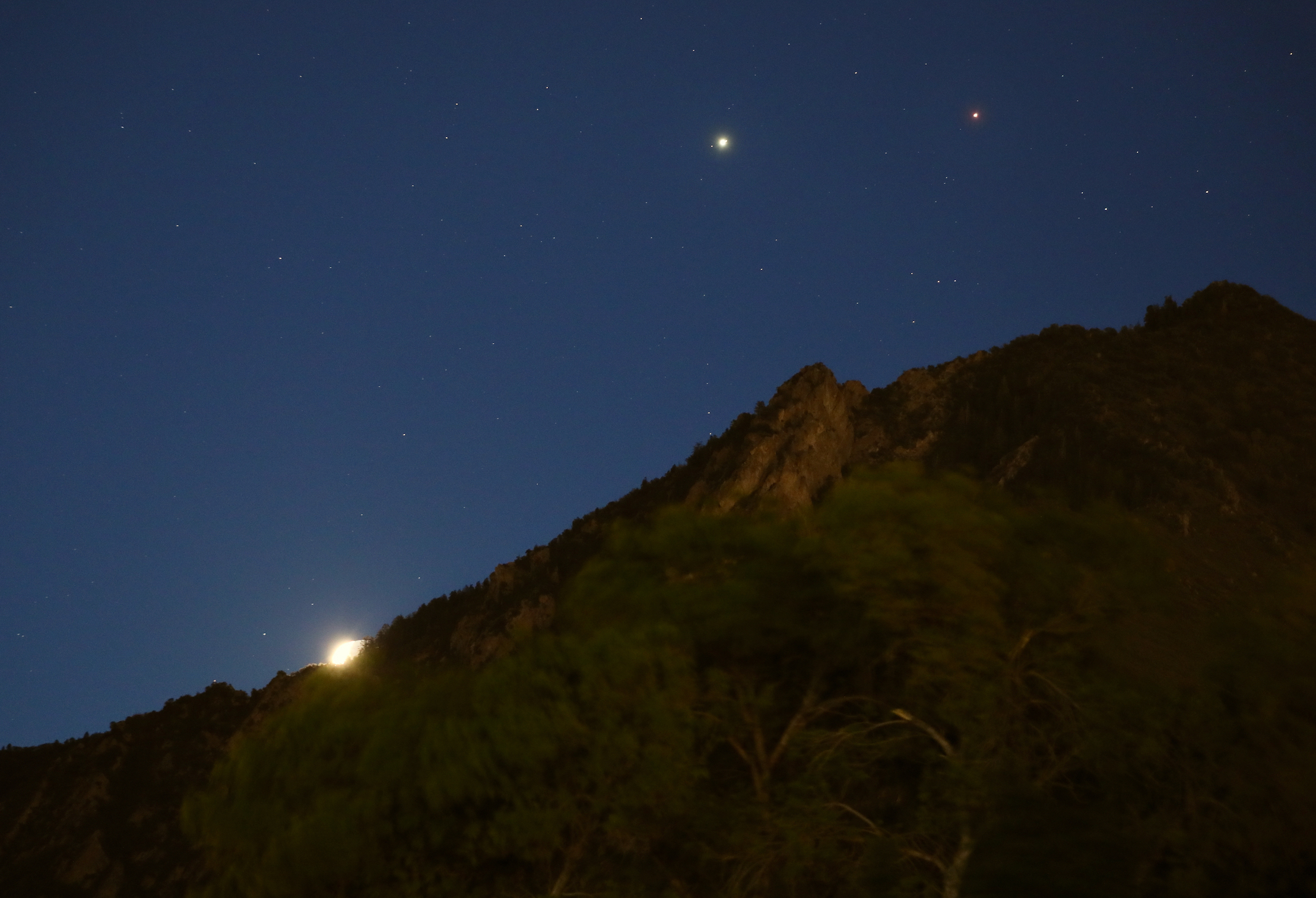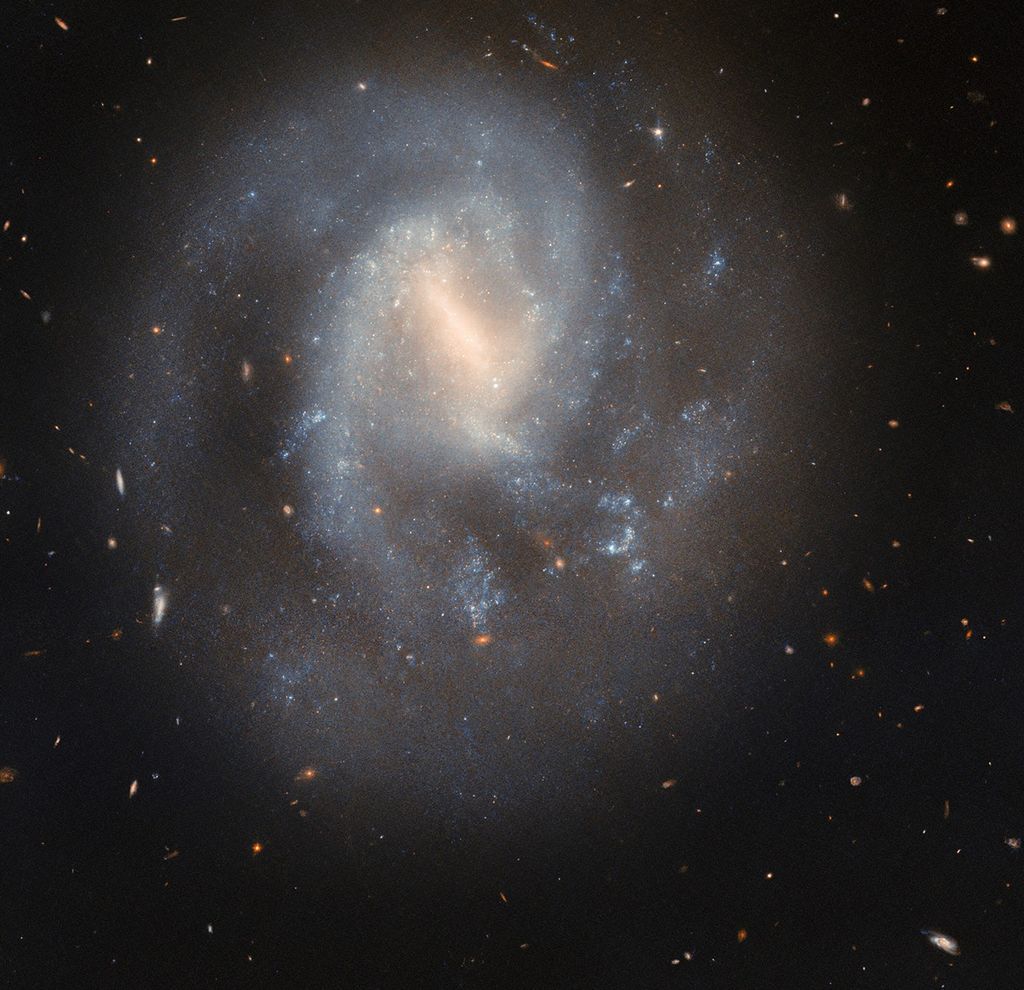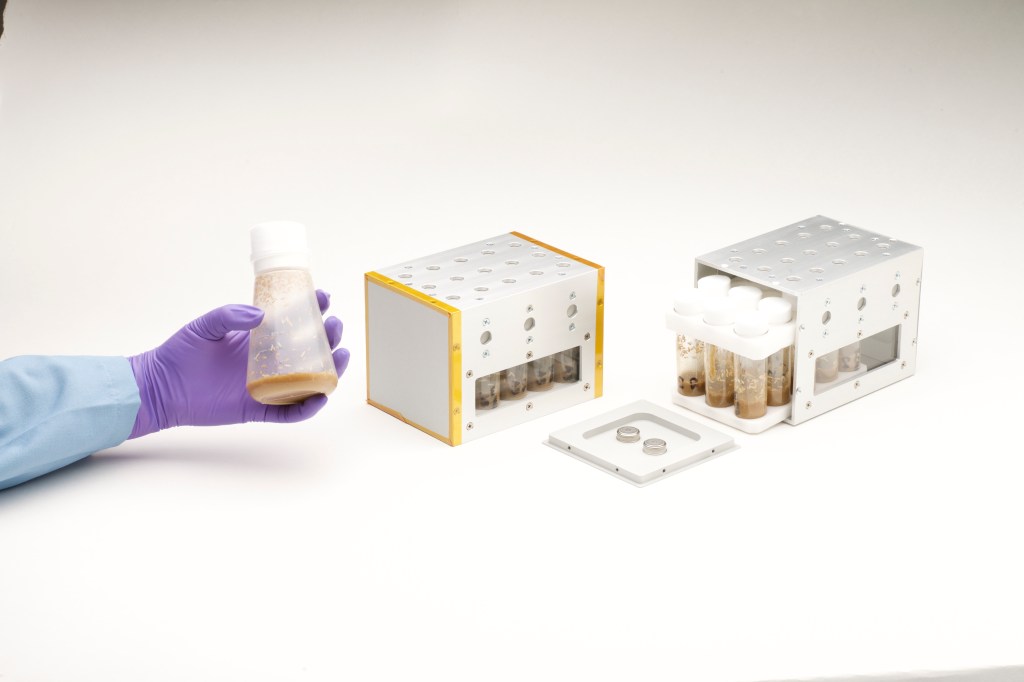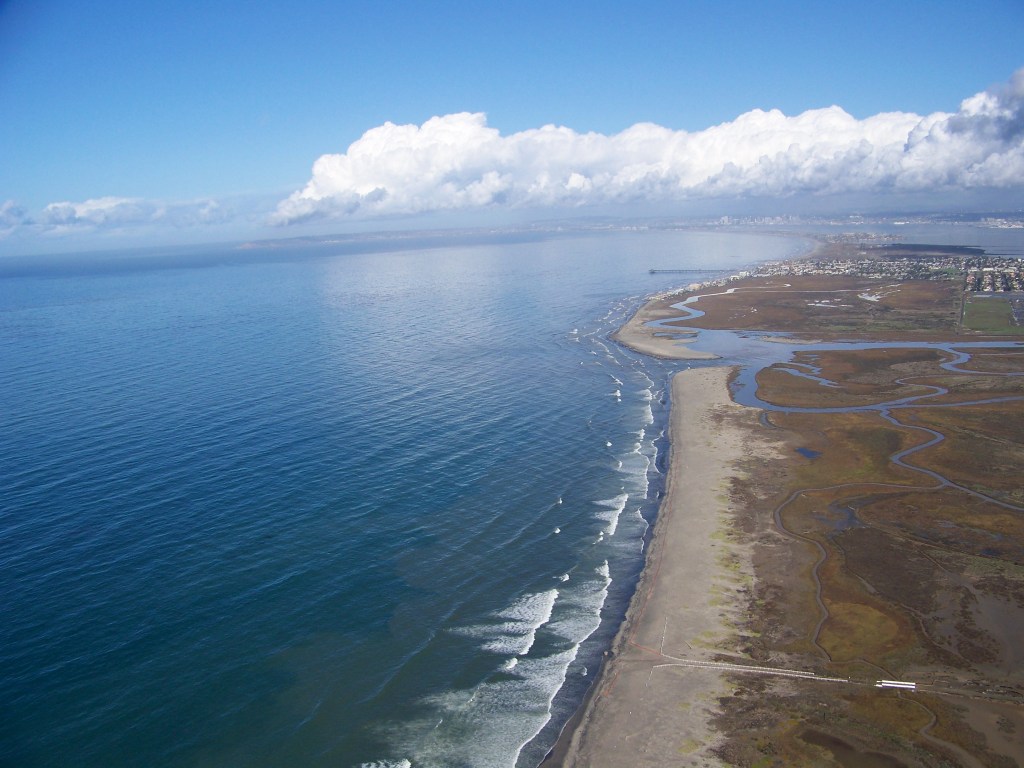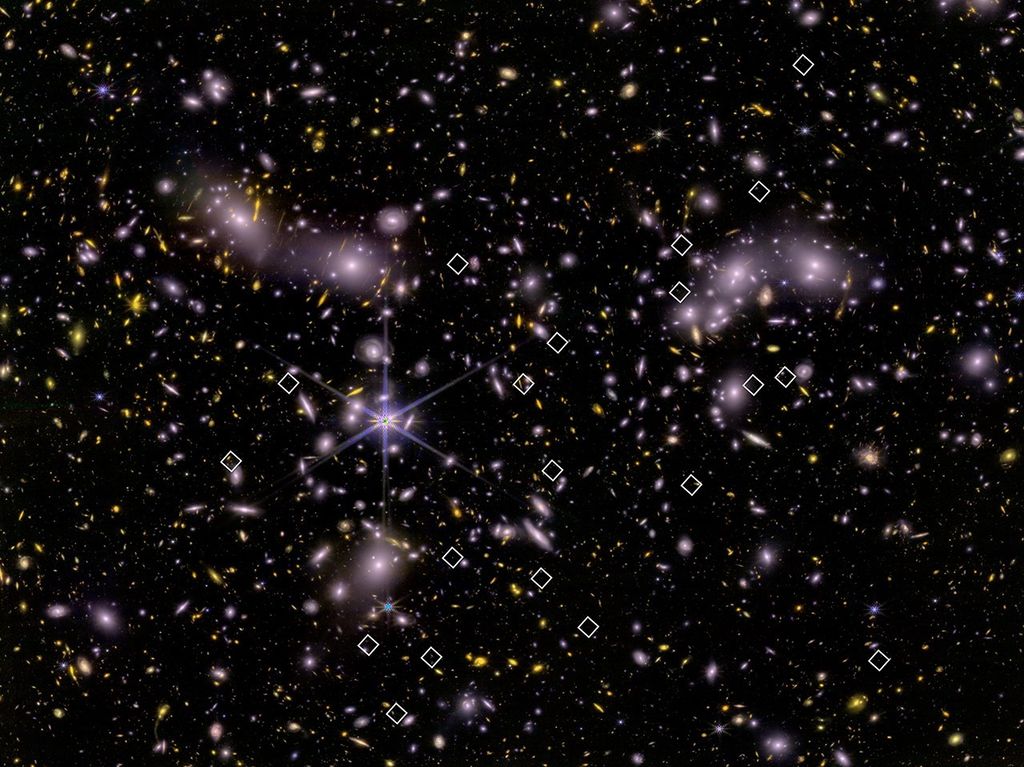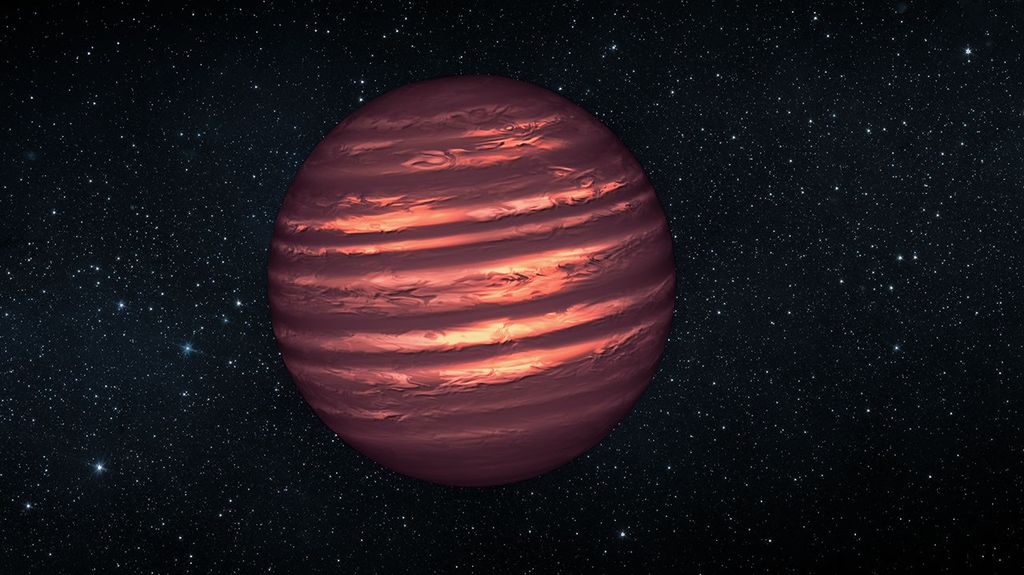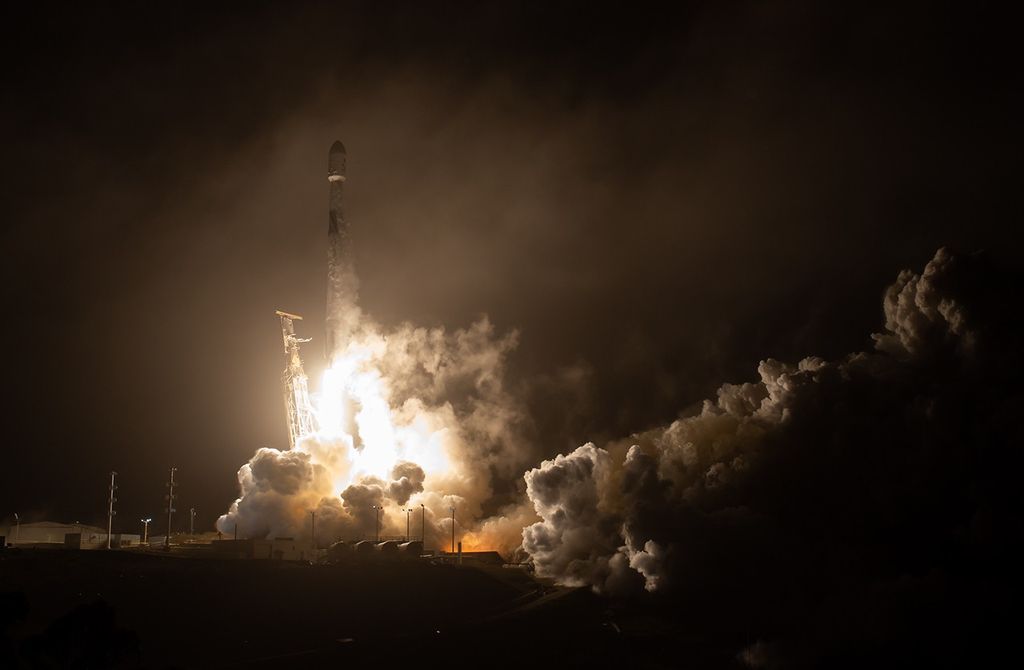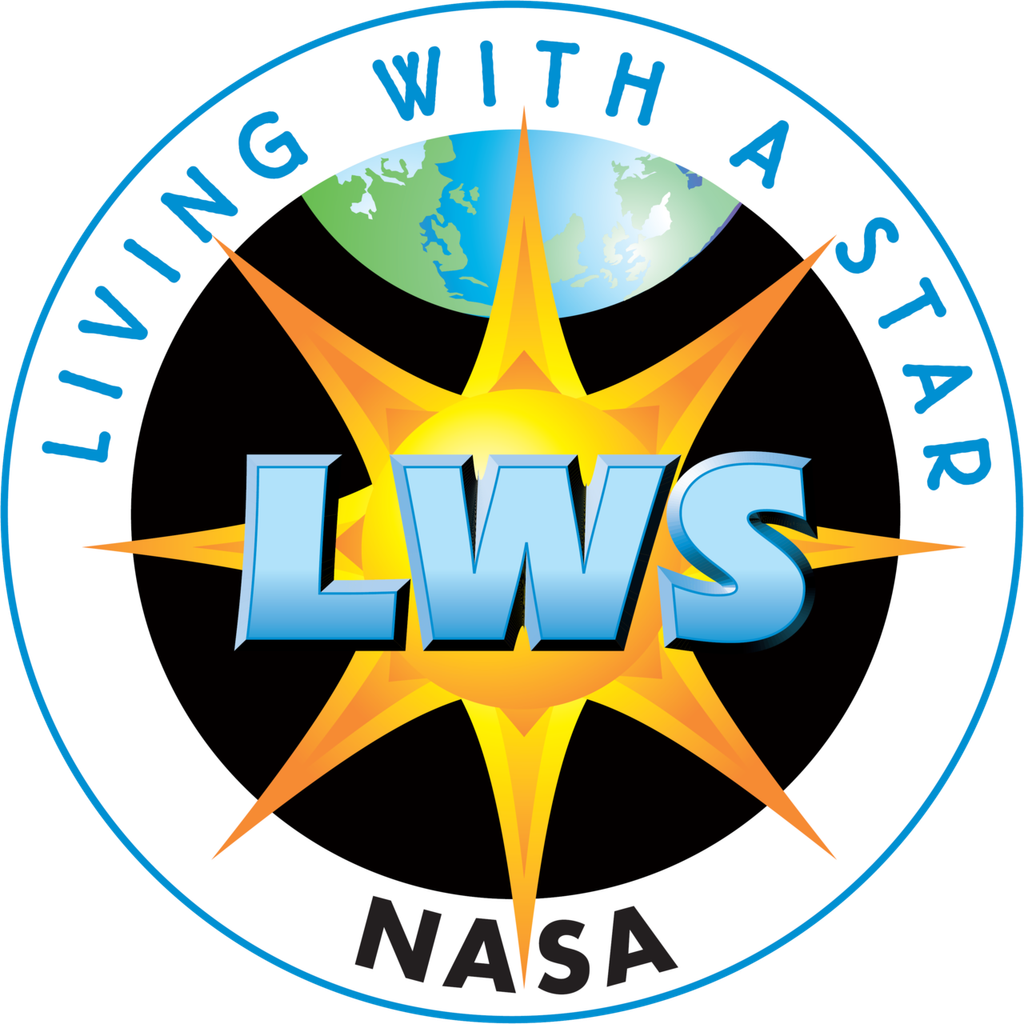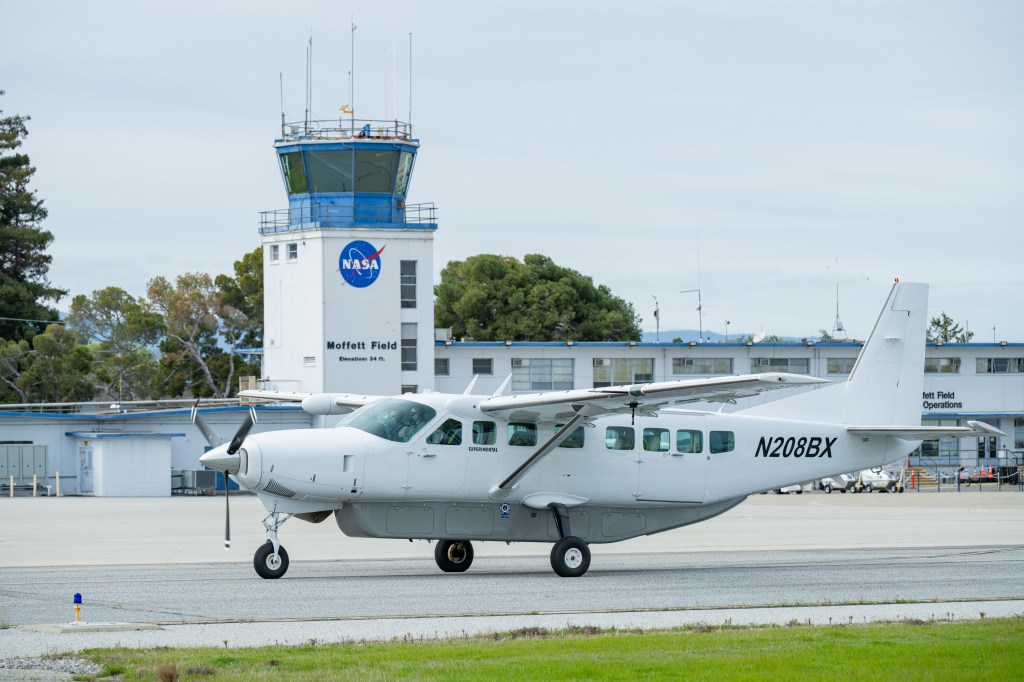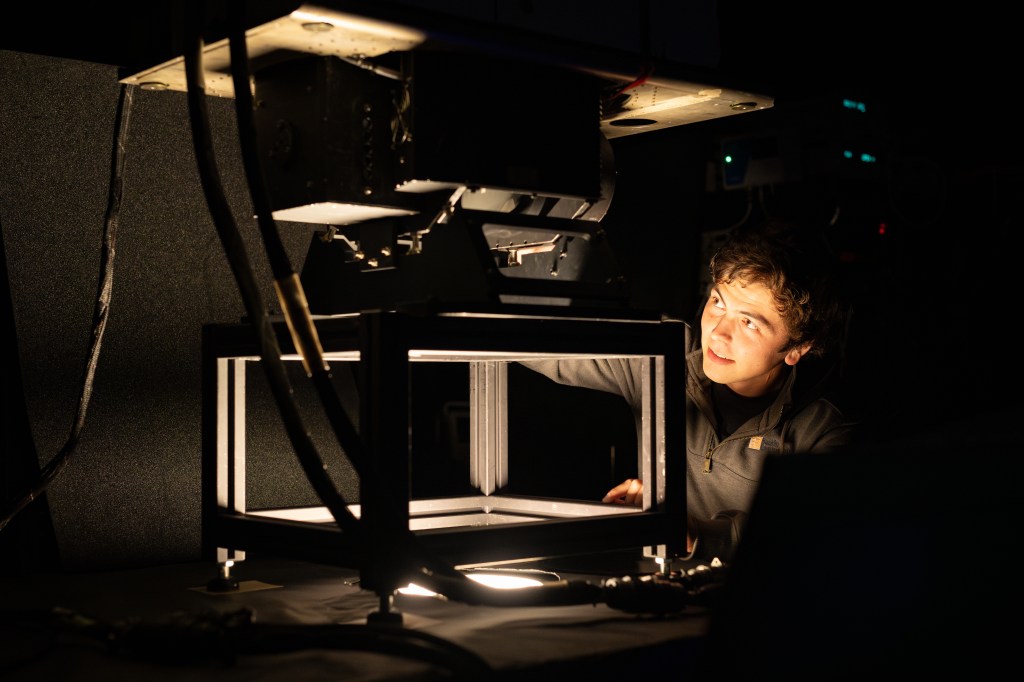2 min read
Compass and Scale Image for 2007 OR10

About the Object
- DistanceDistanceThe physical distance from Earth to the astronomical object. Distances within our solar system are usually measured in Astronomical Units (AU). Distances between stars are usually measured in light-years. Interstellar distances can also be measured in parsecs.2007 OR10 is approximately 87 AU from the sun.
- DimensionsDimensionsThe physical size of the object or the apparent angle it subtends on the sky.2007 OR10 is approximately 954 miles (1,535 kilometers) in diameter. The companion is approximately 147 miles (237 kilometers) in diameter.
About the Data
- Data DescriptionData DescriptionProposal: A description of the observations, their scientific justification, and the links to the data available in the science archive.
Science Team: The astronomers who planned the observations and analyzed the data. "PI" refers to the Principal Investigator. - InstrumentInstrumentThe science instrument used to produce the data.HST WFC3/UVIS
- Exposure DatesExposure DatesThe date(s) that the telescope made its observations and the total exposure time.Nov. 6, 2009, Sep. 18, 2010
- FiltersFiltersThe camera filters that were used in the science observations.WFC3/UVIS F606W
- Object NameObject NameA name or catalog number that astronomers use to identify an astronomical object.2007 OR10
- Object DescriptionObject DescriptionThe type of astronomical object.Trans-Neptunian Dwarf Planet
- Release DateMay 18, 2017
- Science ReleaseHubble Spots Moon Around Third Largest Dwarf Planet
- CreditNASA, ESA, Csaba Kiss (Konkoly Observatory), John Stansberry (STScI)

Color Info
Color InfoA brief description of the methods used to convert telescope data into the color image being presented.
These images were taken with HST's WFC3/UVIS instrument using the F606W (477.3nm) filter. Color was added to the grayscale images using a blue color mapping. Blue: F606W (B)
Share
Details
Last Updated
Mar 28, 2025
Contact
Media
Claire Andreoli
NASA’s Goddard Space Flight Center
Greenbelt, Maryland
claire.andreoli@nasa.gov

